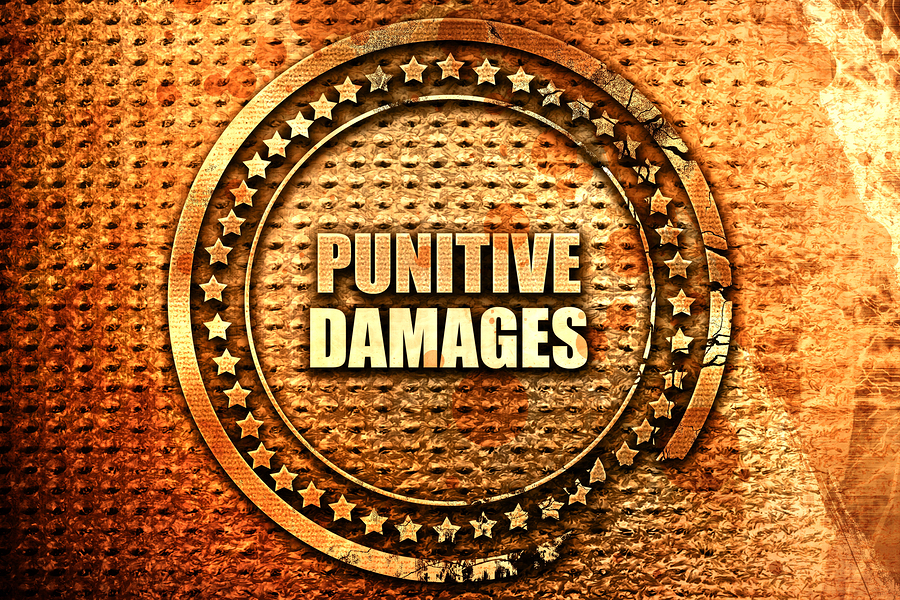Punitive Damages Are A Jury Decision
 Michael Babboni
Premises Liability
Michael Babboni
Premises Liability
While not every state entertains the notions of punitive damages, Florida does. In fact, Florida had one of the highest profile cases of punitive damage ever in 2014, with the $23.6 billion dollars brought against tobacco manufacturer RJ Reynolds when a widow sued the cigarette company for the death of her chain smoking husband. More surprisingly, however, is that this widow was part of a class action lawsuit against the tobacco industry that, in 2000, successfully sued for over $145 billion before the case was eventually rejected!
While these are extremely rare occurrences, it does show that when punitive damages are added onto a lawsuit, the results can be grandiose and spectacular. But punitive damages aren’t something occur regularly, nor is this something that an attorney can go into court with strong expectations of convincing a jury. But why?
Gross Negligence Must Be Present
One of the key factors in punitive damages even being seen as a legitimate option for a court to decide on is the presence of gross negligence. In the vast majority of cases, when someone sues for personal injury, the amount being sought is strictly to compensate for medical treatment and/or lost wages during recovery. Punitive damages are seen as an extra layer of “punishment” designed to make an example of anyone or any group that has show negligence above and beyond reasonable or ethical grounds.
For example, in the famous case of a woman that sued McDonald’s for over two million dollars, in punitive damages, evidence revealed to the court clearly showed why they decided to approve the damages. Not only was the woman treated for burns, the investigations of the legal team uncovered that hundreds of similar complaints had been levied against McDonald’s, and the company had ignored all of them.
Ultimately, in this case, the extra punitive damages rendered by the jury, despite seeming excessive at the time, amounted to only two days worth of sales of coffee from the McDonald’s corporation. When seen in the proper legal context, the punitive damages aren’t seen so much as a way to reward one particular victim, as a message to a person or corporation to stop ignoring its legal obligations.
The Jury Must Decide
This is why ultimately, it is up to a jury to decide whether punitive damages are even appropriate in a case or not. While a lawyer can argue that there may be grounds for it, and can even suggest an amount, punitive damages are not normally the reason a case goes to court. More often than not, even when a client wins a case, it will strictly be for damage compensation, and no punitive damages will be awarded. But if a company is not acting in good faith, as in the case of RJ Reynolds, where the company claimed cigarettes weren’t unhealthy, or in the case of McDonald’s where hundreds of injuries were reported and ignored, then that kind of gross negligence can be decided inappropriate by the jury, and judge accordingly with punitive damages.
